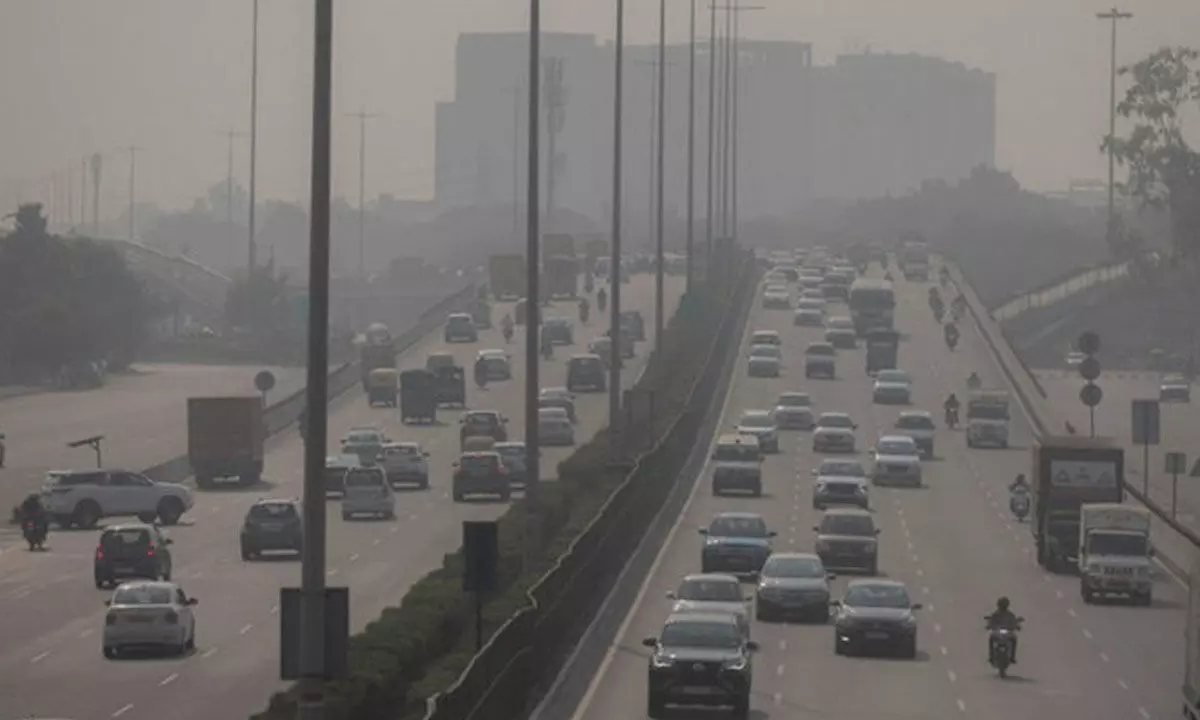Kolkata taking several steps to fight pollution
WB govt is in the process of introducing stricter pollution norms for vehicles & may raise penalty limits by one and half time for failing to comply with pollutions norms
image for illustrative purpose

The Mamata Banerjee-led West Bengal government is in the process of introducing stricter pollution norms for vehicles and may raise penalty limits by one and half time for failing to comply with the pollutions norms, said West Bengal transport minister, Snehashis Chakraborty. Significantly, Kolkata is the second most polluted city in the world, according to a recent report of HEI SoGA, second after the national capital Delhi. In the report, based on the quantity of PM 2.5 and nitrogen dioxide in the air, it has been said that population congestion in these two cities has been the major contributing factor behind India's two top cities figuring in this negative-quality list. Besides population there are other factors contributing to this high air pollution rate in Kolkata, the foremost of which is the automobile fuel emission, which contributes 60 per cent to the pollution.
"This is not to harass the passengers and car owners. But there will be zero compromise on aspects of environment and pollution. We need to turn the city and the state into a pollution free city and state. There are no two ways about it," said the minister, while speaking at INFRABUILD 2022, an interactive session on: "Sustainable Infrastructure: Building the Nation Greener" organised by Spark Economy Research Centre in Kolkata.
Admitting that automobile fuel emission continues to be the most dominant factor in this high rate of air pollution in the city besides population congestion, Chakraborty said that the Bengal government under the stewardship of Mamata Banerjee had set more precedence and examples than one and in this area also, Bengal will show to the world how pollution level can be brought down as far as practicable despite being a densely populated city.
On automobile emissions, the minister felt that the only alternative is fast replacement of at least the diesel-driven commercial and public transport vehicles with CNG or electric vehicles. Even in the case of the diesel-driven goods vehicles, they should be kept out of the city limits as far as possible. This will reduce the emission of air pollutants to a great extent. Recently, the state transport department launched a number of e-buses under the West Bengal State Transport Corporation (WBSTC) and moves are afoot to replace all the passenger vehicles of WBSTC with e-buses in a gradual and phased manner. The government is also working on an ambitious plan of setting up sufficient number of charging stations across the state in a time-bound manner.
"We cannot have charging stations and not sufficient number of e-vehicles. Similarly, we cannot have a situation, where we have e-vehicles, but not enough charging stations. Therefore we are working on a well structured plan to have sufficient number of e-vehicles and charging stations simultaneously," the minister said.
The state government has lined up plans to set up world class bus terminus like airport terminals all across the state, increase road connectivity, strengthen and promote on-road travels, by improving the quality of road travels by all means and also by bringing down instances of road accidents, the minister said.
Debashis Sen, Managing Director, West Bengal Housing Development Corporation and Chairman, New Kolkata Development Authority (NKDA), on his parts, said that NKDA was also taking a number of initiatives to propagate and promote the causes of green living, which include having separate cycle and walkways and encouraging cycling and walking, among others.

